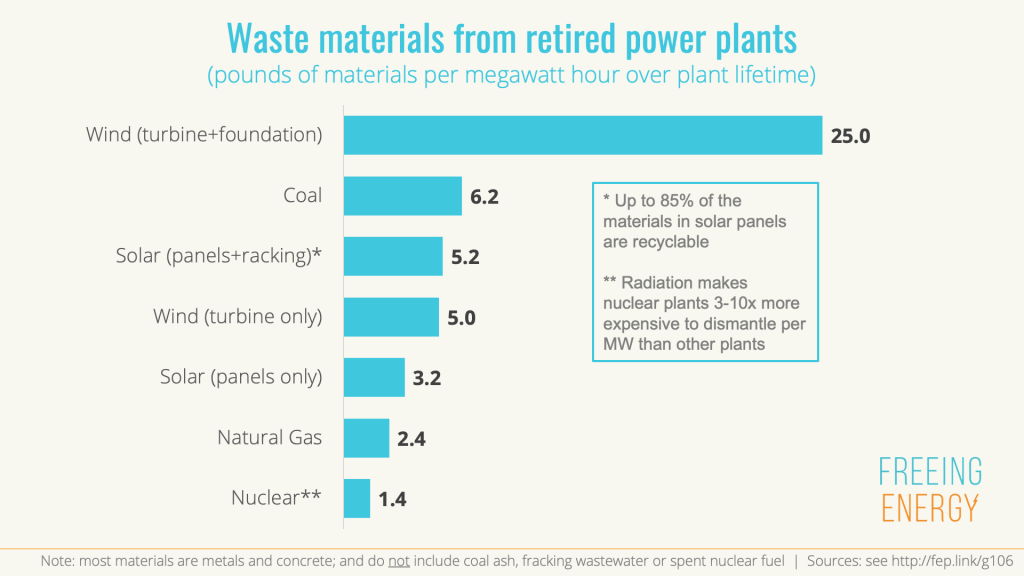Accounting for nearly 7% of carbon in the world, India is its third largest CO2 emitter.
Though it strives hard to achieve its commitments made under the Paris Agreement that includes building up its renewable power, nearly 75-80% of India’s energy needs are derived from coal, oil and other fossil fuels.
Also, a new report claims that unless there is a green energy revolution in India, it will become a major source of global CO2 emissions in the world.
With a boost to its population by approximately another 270 million people over the next 20 years, it becomes important for India to begin looking for renewables over conventional fuels.
This has also happened for a couple of other obvious reasons.
Climate change, paired with continuous rise and flow of the oil prices, fossil fuels accessibility and lack of job opportunities also drive the use of renewable energy, that will soon take over the world’s energy market.
But before making this greater transition, we need to look at its dark side and need to think if it somehow, is harming the environment, the entity it has been made to serve the most.
Green Energy Waste problem: Decarbonization not completely clean
Like other Energy-producing technologies create a staggering amount of waste, green energy forms are not entirely untouched.
Decarbonization through renewable energy does not mean no waste.
An EPA (Environmental Protection Agency) strategist said: “Without a strategy for their end-of-life management, so-called green technologies like solar panels, electric vehicle batteries, and windmills will ultimately place an unintended burden on our planet and economy.”
Solar Waste: Not shining so bright
EPA has even calculated the amount of waste accumulation from these supposedly clean sources, especially Solar, by 2050: with China contributing 20mntns, US with 10mntns and India with 7.5 mntns.

In 2016, International Renewable Energy Agency warned that without required changes to the treatment of solar panels, its waste could add up to 78 million tons of waste.
This may be driven out of obsolescence as new technologies with reduced cost or reduced maintenance keep pouring in the sector market.
Solar panels tend to lose their efficiency from the moment they are installed. Either they are discarded or newly introduced more efficient panels crowd up the market in just brief period of time.
Even at an average 0.5 percent efficiency decline, it can lead to an efficiency rate of less than 30 percent (after the technical light-to-electricity conversion). This causes industry users to switch to newer solar tools offering better efficiency.
And Like IRENA said, this sort of early solar bailout can lead to 50 times more solar panel waste than anticipated.
IRENA said: “Recycling or repurposing solar PV panels at the end of their roughly 30-year lifetime can unlock an estimated stock of 78 million tonnes of raw materials and other valuable components globally by 2050.”
Recycling and reusing: worthy or valued?
According to the industry insiders, the cost of recycling a single panel lies between $12 and $25 while the income derived from recovering such elements are about $3 per panel.
Therefore, undoubtedly, recycling is lesser opted because recycling it costs between $20 and $30 and dumping it to a landfill costs $1-2.
Without a country’s strict mandate on such grounds, this option stands afar from reality.
According to researchers: “By 2035, discarded panels would outweigh new units sold by 2.56 times. In turn, this would catapult the LCOE (levelized cost of energy, a measure of the overall cost of an energy-producing asset over its lifetime) to four times the current projection.”
“The economics of solar — so bright-seeming from the vantage point of 2021 — would darken quickly as the industry sinks under the weight of its own trash.”
Wind energy related waste:
Although most of the wind turbine can be recycled or discover a second life somewhere, researchers estimate that not many options exist for recycling or treating the turbine blades.
Blades, made of a tough but flexible mix of resin and fiberglass, makes it difficult to perish.
“The wind turbine blade will be there, ultimately, forever. The last thing we want to do is create even more environmental challenges”, explains an Environmentalist.
According to Electric Power Research Institute, all the blade waste alone from 2015 will form a .015% of all the municipal solid waste by 2050.
U.S. alone may have more than 720,000 tons of blade material left to dispose in fills in next 20 years.
Nuclear waste threatening lives:
An IAEA (International Atomic Energy Agency) 2018 report has analyzed and calculated the nuclear waste from all such power plants worldwide to be over 367,600 metric tons (just over 405,000 standard tons).
This has been recorded from the start of electricity production way back in 1954 till 2013. This nuclear waste prevailing in global commons has covered the time of nearly six decades.
The nuclear industry has very well depicted that it can safely store, transport, and dispose of the waste.
It will now remain to the will of the government so that a judicious use or release can be planned, with least impact on environment.


